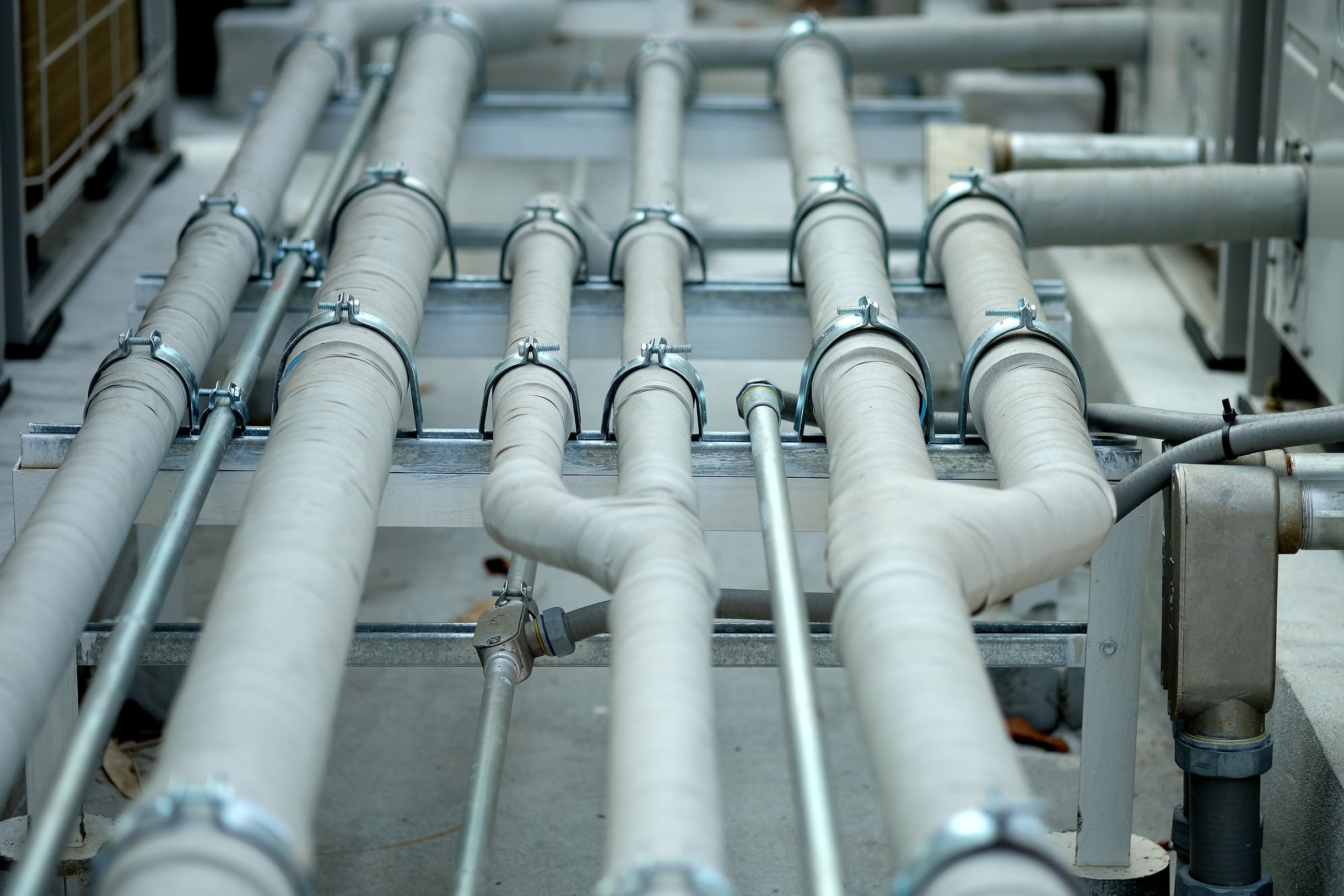How to Install a Performance Chip in a Diesel Truck for Improved Torque and Fuel Economy?

In the world of diesel trucks, power and efficiency are the two main factors that you always strive for. Achieving these two aspects will not only improve the overall performance of your diesel truck but also save you a significant amount of money in terms of fuel costs. And one of the best ways to achieve this is by installing a performance chip in your engine. Performance chips are designed to optimize the power output and fuel economy of your vehicle.
But how exactly do you install a performance chip? What steps do you have to follow? And what should you be aware of when doing this project? In this comprehensive guide, we will walk you through the process of installing a performance chip in a diesel truck. We will discuss in detail the benefits of performance chips, the installation process, and the precautions to take.
Also to see : British airways business vs first class: which is worth it?
Understanding the Benefits of Performance Chips
Before we dive into the installation process, it’s necessary to understand why you would want to install a performance chip in your diesel truck in the first place. The three main benefits are increased power, improved torque, and enhanced fuel economy.
Performance chips essentially work by reprogramming the engine’s control unit, thereby making it possible to extract more power and torque from the engine. This is particularly beneficial for those who use their trucks for towing or hauling heavy loads. The added power and torque can significantly improve the vehicle’s performance in such demanding situations.
In the same genre : Is It Possible to Improve the Ride Comfort of a Sports Car Without Sacrificing Performance?
As for fuel economy, performance chips can make adjustments to the air-fuel mixture and the injection timing. These modifications can lead to better combustion, which in turn can reduce fuel consumption and increase the overall efficiency of the truck.
Choosing the Right Performance Chip
The market is flooded with a variety of performance chips, each promising to deliver improved power and fuel efficiency. However, not all performance chips are created equal. Choosing the right chip is crucial to ensuring that you get the most out of your engine.
When choosing a performance chip, consider factors such as compatibility with your vehicle make and model, the reliability of the manufacturer, and the specific performance gains promised by the chip. For instance, Ford diesel truck owners might specifically look for performance chips designed for Ford engines.
Also, consider the impact on warranty. Some chips will void the manufacturer’s warranty, so if your truck is still under warranty, you want to make sure the chip you choose doesn’t affect it.
Installing the Performance Chip
With the right chip in hand, it’s time to install it. The installation process usually involves connecting the performance chip to the engine control unit (ECU). Most performance chips come with detailed instructions on how to do this, so make sure to follow them carefully.
Before installing the chip, ensure that the engine is off and cooled down. You’ll then need to locate the ECU, which is typically found under the dashboard on the driver’s side. Once you’ve located the ECU, you’ll need to connect the chip to it. This is usually done by plugging the chip into the ECU’s harness.
After the chip is connected, you’ll need to secure it in place. This can usually be done using zip ties or Velcro strips. Be sure to secure it in a location where it won’t be exposed to extreme heat or moisture.
Fine-Tuning for Optimal Performance
After installing the chip, the next step is to fine-tune it for optimal performance. This involves adjusting the chip’s settings to suit your specific driving needs. For example, if you primarily use your truck for towing, you might want to tune the chip to deliver more torque at lower rpm.
Most performance chips come with a tuning interface that allows you to make these adjustments. This can be a physical device that plugs into the chip, or it could be a smartphone app that connects to the chip via Bluetooth. It’s important to read the manufacturer’s instructions to understand how to use the tuning interface effectively.
Remember that tuning is a process of trial and error. It may take some time to find the perfect settings for your specific needs. So be patient and be ready to make adjustments as needed.
Maintaining Performance and Efficiency
Once you’ve installed and fine-tuned your performance chip, it’s important to maintain your truck’s performance and efficiency. This includes regular maintenance such as oil changes, air filter replacements, and tire pressure checks.
In addition, it’s a good idea to periodically check the performance chip to ensure it’s working properly. This can be done by monitoring the vehicle’s performance and fuel economy. If you notice any significant changes, it may be a sign that the chip needs to be adjusted or replaced.
In conclusion, a performance chip can be a great investment for diesel truck owners. It can significantly boost power, improve torque, and enhance fuel economy. However, it’s important to choose the right chip, install it correctly, and maintain your vehicle properly to get the most out of your investment.
Maximizing Diesel Performance with Additional Modifications
After successfully installing a performance chip, you may also want to consider additional modifications that can further enhance your diesel truck’s performance. These modifications work in tandem with the performance chip to optimally utilize the engine’s capabilities and increase power, torque, and fuel economy.
An air intake system, particularly a cold air intake system, is one such modification. Diesel engines rely on an ample supply of air for proper combustion. The more air the engine can draw in, the more efficiently it can burn fuel. A cold air intake system draws in cooler air, which is denser and contains more oxygen for better combustion, thereby boosting horsepower and fuel efficiency.
Another noteworthy modification is a performance exhaust system. While an improved air intake system helps with getting more air into your engine, an upgraded exhaust system assists in efficiently getting rid of exhaust gases out of the engine. This helps reduce backpressure, further increasing horsepower and torque.
Also, regular diesel tuning can help you get the most out of your vehicle. Diesel tuning involves adjusting the software in the engine control unit to improve power, torque, and fuel economy. Regularly tuning your diesel engine can help you maintain optimal performance and save fuel in the long run.
Concluding Thoughts on Performance Chip Installation for Diesel Trucks
Installing a performance chip in your diesel truck is an excellent way to enhance the vehicle’s power, torque, and fuel economy. However, the installation itself is just the beginning. Selecting the right chip compatible with your super duty diesel engine, installing it properly, and continually fine-tuning it are key to maximizing its benefits.
Beyond the chip, it’s worthwhile to consider additional modifications such as cold air intake systems and performance exhaust systems. Coupled with regular diesel tuning, these steps can lead to impressive performance improvements in your diesel truck.
Remember, no matter how many modifications you make, regular maintenance of your vehicle is crucial. Keeping a check on the vehicle’s air filter, oil levels, and tire pressure are necessary to maintain optimal performance and prolong the life of your truck.
Indeed, a performance chip can considerably boost the performance and fuel efficiency of your diesel truck. However, it requires a conscientious approach to installation, tuning, and maintenance. With the right practices, diesel truck owners can experience the full benefits of a performance chip, ultimately saving on fuel costs and enjoying a more powerful ride.
